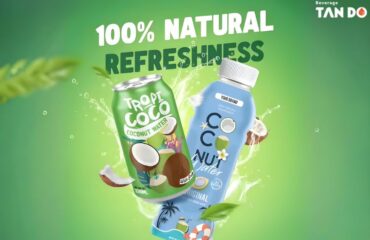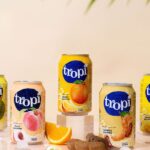Carbonated drinks —with their undeniable fizz and refreshing appeal—remain a $460 billion powerhouse in the global beverage market. But the rules are changing. For B2B brands, distributors, and OEM/ODM partners, the key to growth is no longer just volume, but innovation in the “Better-for-You” space. Mastering this shift unlocks massive potential in export and high-margin private-label lines.
In this essential manufacturer’s guide, we walk through everything you need to know: from the science of the fizz and critical market insights, to the health perceptions and the top fruit flavors shaping global demand for sparkling beverages
Uncover the Secrets of Carbonated Beverages
What are Carbonated Drinks? The Science Behind the Fizz
Carbonated drinks (also called fizzy or sparkling beverages) are beverages that contain dissolved carbon dioxide (CO₂) gas under pressure. When you open the bottle or can, the pressure is released, and the gas escapes in the form of bubbles — giving that familiar fizz, sparkle, and refreshing mouthfeel.
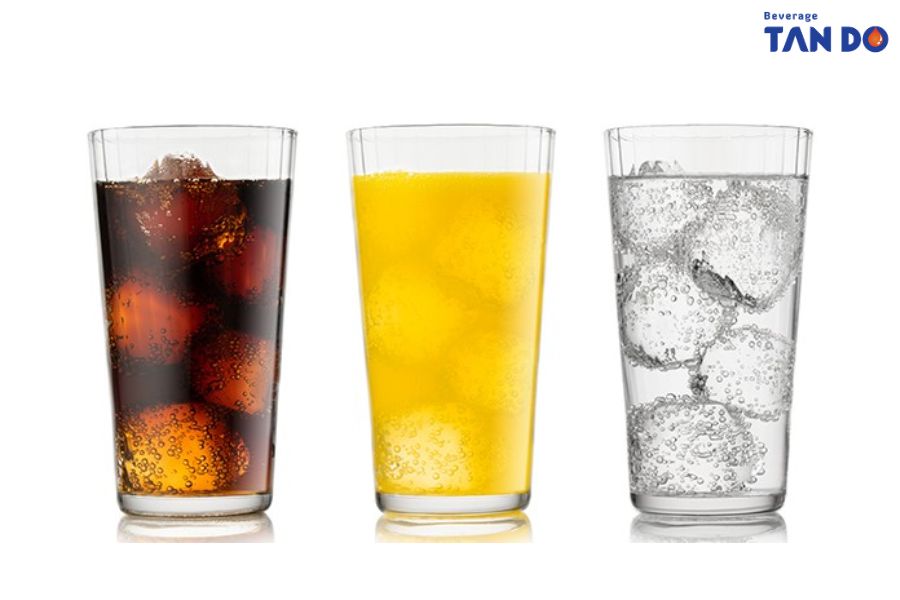

Scientifically, carbonation is the process of dissolving CO₂ into water or liquid to form carbonic acid (H₂CO₃). This mild acid adds a pleasant tang and crispness while slightly increasing acidity (average pH 3–4), which also acts as a light preservative (U.S. National Library of Medicine).
The Fascinating History Behind Carbonated Beverages
Carbonated drinks trace their origins to natural mineral springs that produced naturally fizzy water. In 1767, scientist Joseph Priestley discovered how to infuse water with carbon dioxide, creating the first artificial soda water.
Later, Johann Jacob Schweppe commercialized this process in the late 18th century, founding the Schweppes Company — one of the first to mass-produce carbonated water. By the 19th century, flavored syrups and soda fountains turned carbonated beverages into a global favorite.
What’s Inside a Carbonated Drink?
Typically, ingredients of carbonated beverages share common key components— though exact formulas vary by brand and region. According to the U.S. National Library of Medicine and FDA, a typical carbonated beverage contains:
- Water – makes up the majority of the beverage volume.
- Carbon dioxide (CO₂) – added under pressure to create bubbles and the signature fizz.
- Sweeteners – such as sugar, high-fructose corn syrup (HFCS), or non-caloric options like aspartame or stevia.
- Acids / pH regulators – including citric acid or phosphoric acid, which add tartness and preserve freshness.
- Flavorings or extracts – natural or artificial fruit, botanical, or herbal essences.
- Optional additives – such as colorants, preservatives, stabilizers, or functional ingredients (vitamins, electrolytes, caffeine).
The combination of these ingredients determines taste, carbonation level, nutritional profile, and market positioning. It’s important to note that each brand’s formulation differs, depending on local regulations, product goals, and consumer preferences.


Carbonated Drinks vs. Non Carbonated Drinks: What’s the Difference?
The key difference between carbonated and non-carbonated beverages lies in carbon dioxide (CO₂) content:
- Carbonated drinks are infused with CO₂ under pressure, creating bubbles and a sparkling mouthfeel.
- Non-carbonated drinks, by contrast, do not contain added gas and are typically still beverages like juices, teas, and milk drinks. (ScienceDirect)
Carbonation not only adds texture but also affects taste perception — CO₂ enhances acidity and refreshment, while still beverages focus more on flavor or nutrition.
Here’s a quick comparison:
| Aspect | Carbonated Drinks | Non-Carbonated Drinks |
| CO₂ content | Infused with carbon dioxide | No carbon dioxide added |
| Texture | Fizzy, bubbly, tingling | Smooth and still |
| Examples | Soft drinks, sparkling water, tonic, carbonated soda | Juices, teas, milk, functional drinks |
| Shelf life | Generally longer (CO₂ acts as mild preservative) | Often shorter, depends on pasteurization |
| Consumer appeal | Refreshing, sensory experience | Natural, wholesome, calm flavor focus |
Are Carbonated Drinks Bad for You — or Just Misunderstood?
Not really — it all depends on what’s inside. The fizz itself is harmless. In fact, carbonation simply means adding CO₂ under pressure, forming mild carbonic acid (pH 3–4) that enhances flavor and freshness.
The real concern lies in what’s added next — sugars, artificial flavorings, or preservatives. But this is changing fast. As the World Health Organization (WHO) encourages reducing added sugar intake, more consumers are turning to low-sugar, zero-calorie, or fruit-based sparkling drinks.
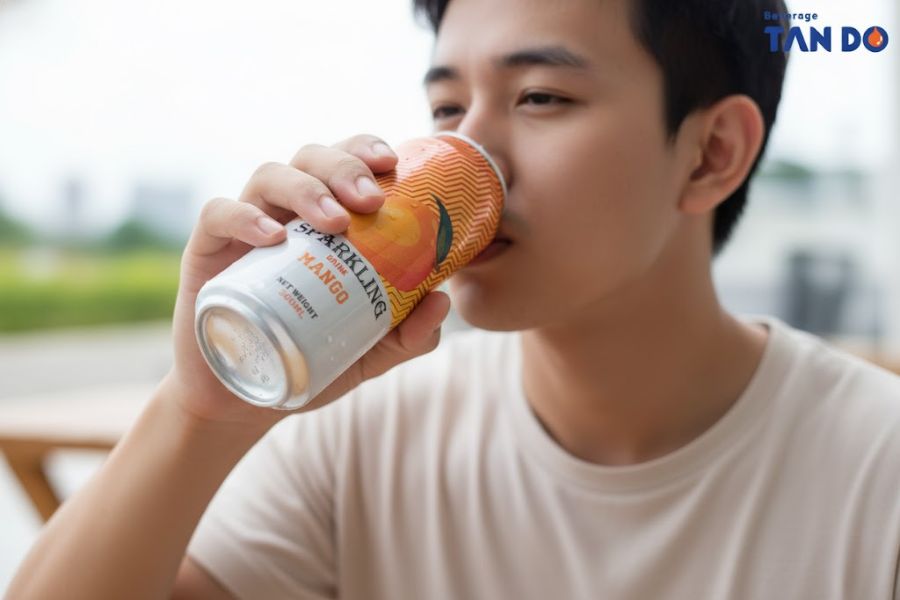

This shift is creating major opportunities. Many manufacturers are now developing low- or no-sugar sparkling waters, carbonated fruit drinks, and fortified fizzy beverages with vitamins, botanicals, or probiotics. Reports from Mintel and Euromonitor highlight that “better-for-you” sparkling beverages are among the fastest-growing segments globally.
So instead of asking if carbonated drinks are bad, the smarter question for B2B beverage brands is: How can we make them better?
Brands that master this balance — fizz with function, refreshing taste with clean labels — are the ones shaping the next era of carbonated beverage innovation!
Most Popular Fruit Flavor List of Sparkling Drinks
Fruit flavors have always been the “soul” of carbonated beverages. Today’s consumers seek more than just refreshment — they look for natural, wholesome flavors that evoke a sense of origin, authenticity, and local character.
The most popular flavors include:
- Orange
- Lemon
- Lime
- Pineapple
- Apple
- Grape
- Strawberry
- Pomegranate
- Passion Fruit
- Mango
- Coconut
- Lychee
- Watermelon
These fruit flavors not only enhance sensory appeal but also align with the global shift toward more natural, recognizable ingredients in sparkling beverages.
Why Carbonated Drink Deserves a Place in Your Product Line
The global carbonated beverages market isn’t just huge — it’s full of momentum. According to Grand View Research, it surpassed USD 460 billion in 2023 and is projected to keep growing steadily through 2030, fueled by demand for healthier, functional, and more premium sparkling beverages.
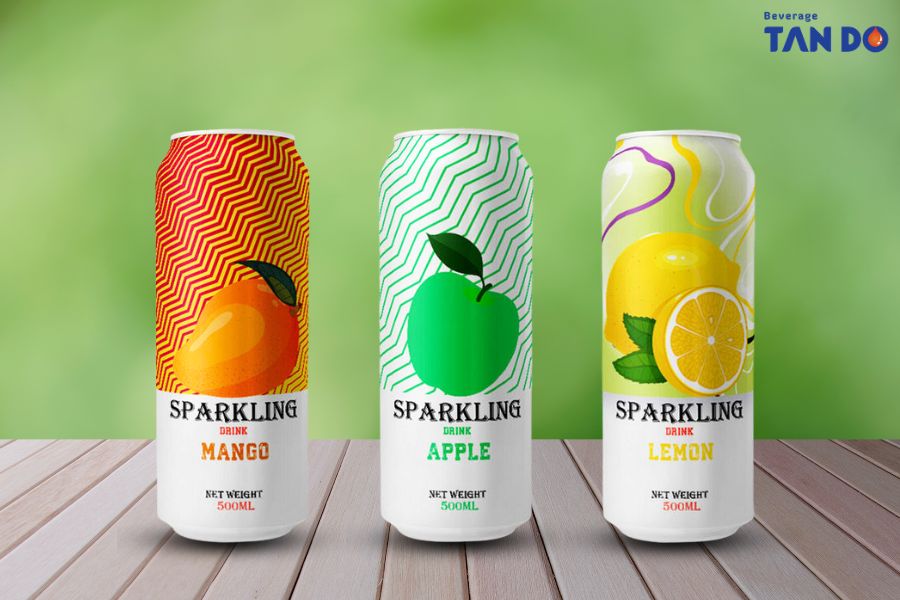

For beverage brands and businesses, this means one thing: now is the time to invest in carbonation. Whether you’re expanding your private-label lineup, exploring OEM/ODM partnerships, or planning to launch your own sparkling drink, the market is ready — and growing fast.
Adding carbonated drinks to your portfolio isn’t just about following a trend. It’s about staying relevant, reaching a wider audience, and tapping into one of the most dynamic segments in the global beverage industry.
Choose Tan Do: The Leading Flavored Carbonated Water Brands!
If you’re looking to create your own line of best carbonated drinks, Tan Do Beverage is your trusted OEM/ODM partner.
With over nearly 30 years of experience in beverage manufacturing and private-label development, we specialize in helping global brands and distributors bring their sparkling drink concepts to life — from formulation to packaging and export. You can view more about our expertise here.


Partner with us now to turn your flavored sparkling water idea into a standout, market-ready product — built on quality, innovation, and global manufacturing expertise!






